2024年1月11日~1月15日の暦/From Jan.11th to Jan.15th
二十四節気(にじゅうしせっき)は小寒(しょうかん)
七十二候(しちじゅうにこう)は水泉動(しみずあたたかをふくむ)
24 Solar Terms is Syoukan. Start of coldest season.
72 pentads is Shimizu-atatakasawohukumu. A frozen spring underground begins to move.
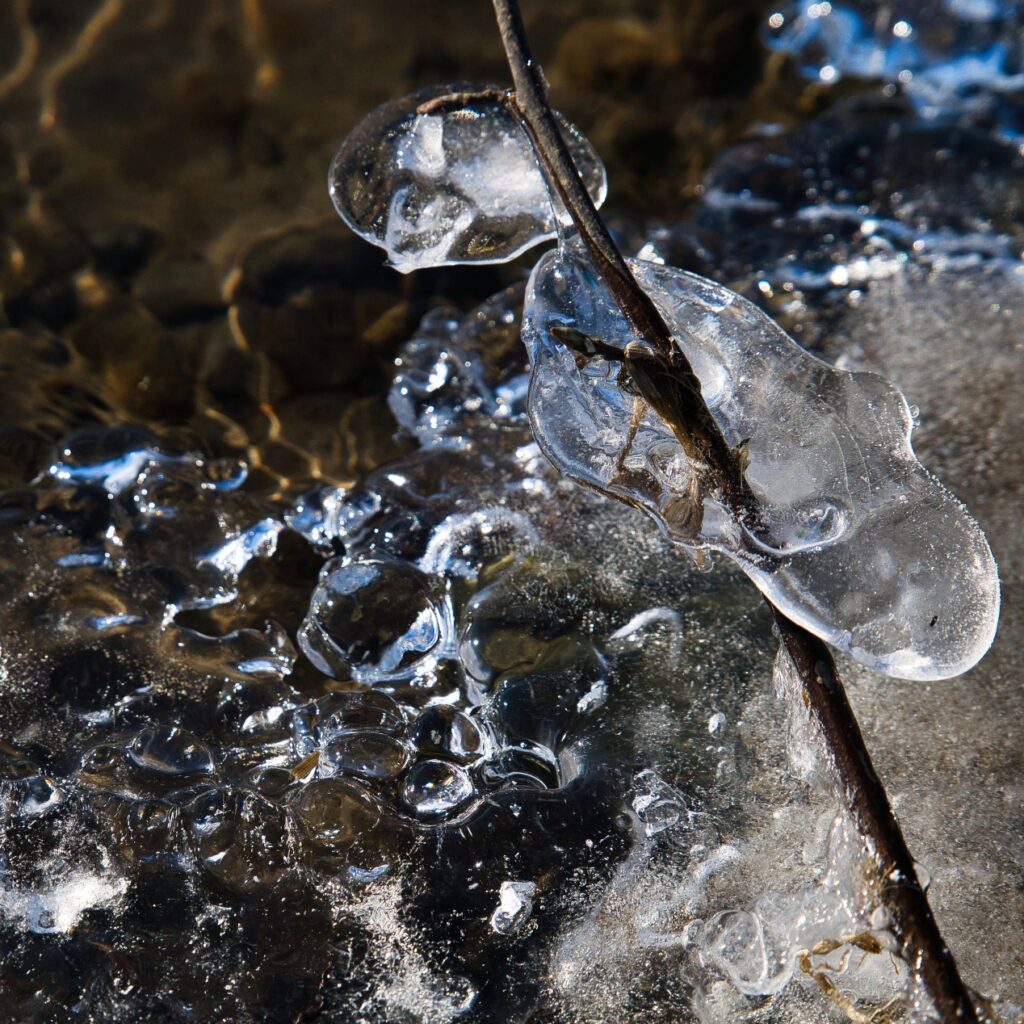
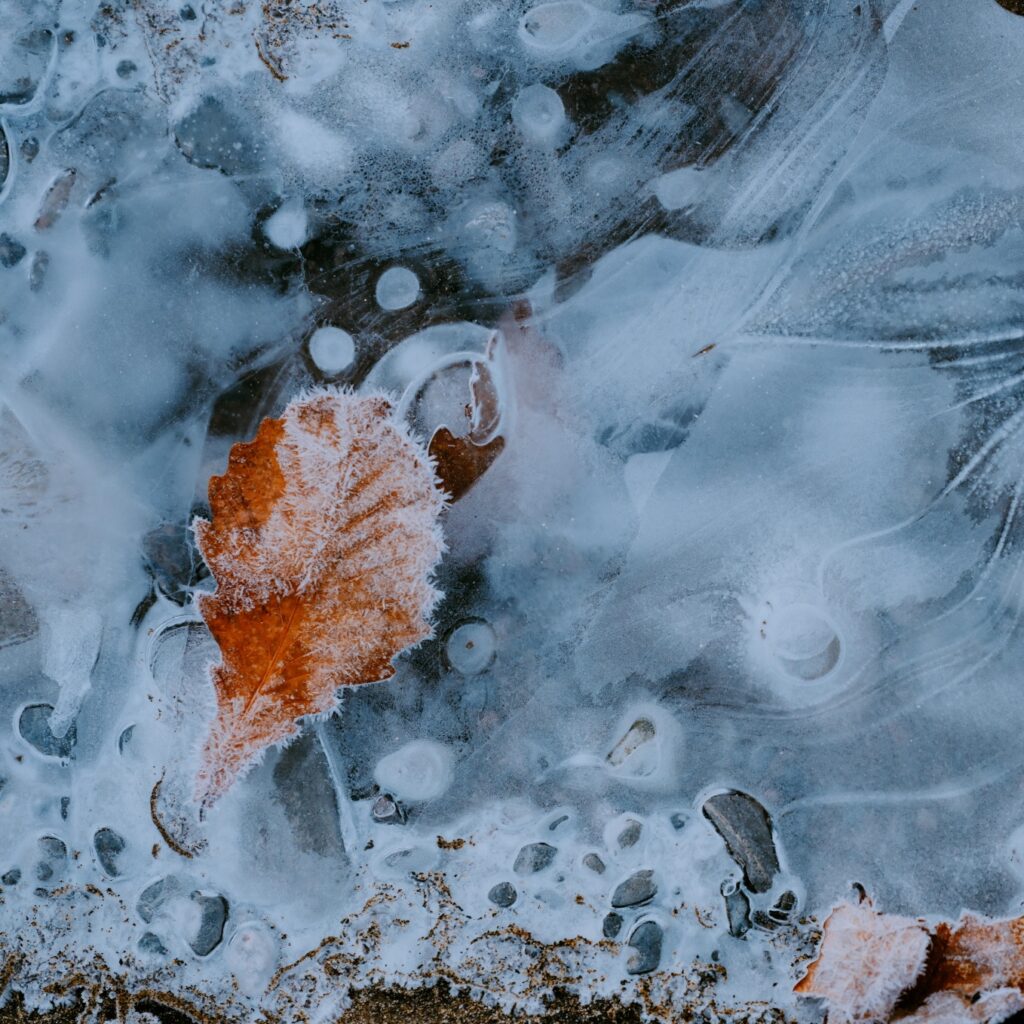
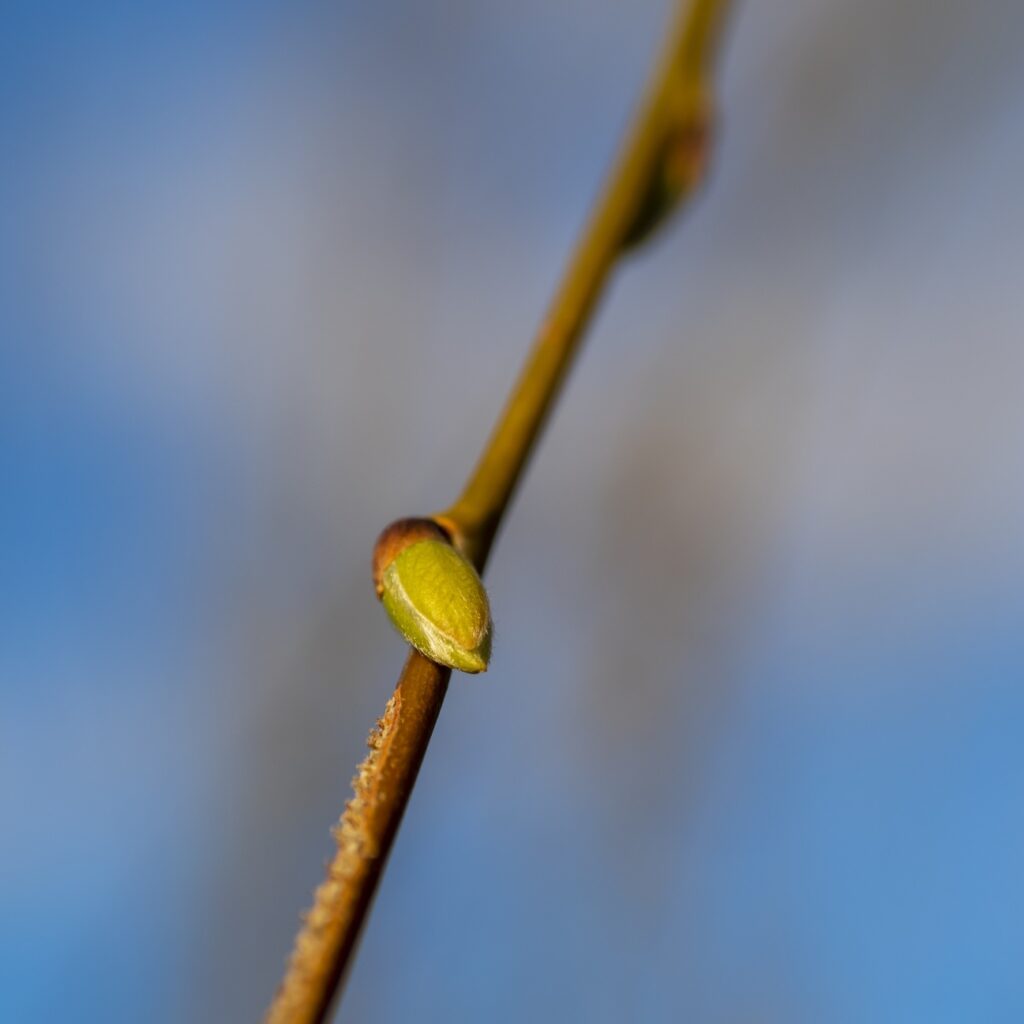
旧暦では12月に入りました。
1年でもっとも冷え込み、寒さ厳しくなる時期。大寒(だいかん)を前に、いっそうの寒さへ備えをする一方で、目には見えないところで春へと向かう変化が起き始めるころです。
It is December according to the lunar calendar.
This is the coldest and bitterest time of the year. While we prepare for the colder weather ahead of the Great Cold (Daikan), it is also the time when changes that move towards spring begin to take place behind the scenes, invisible to the naked eye.
鏡開き/Kagami-biraki
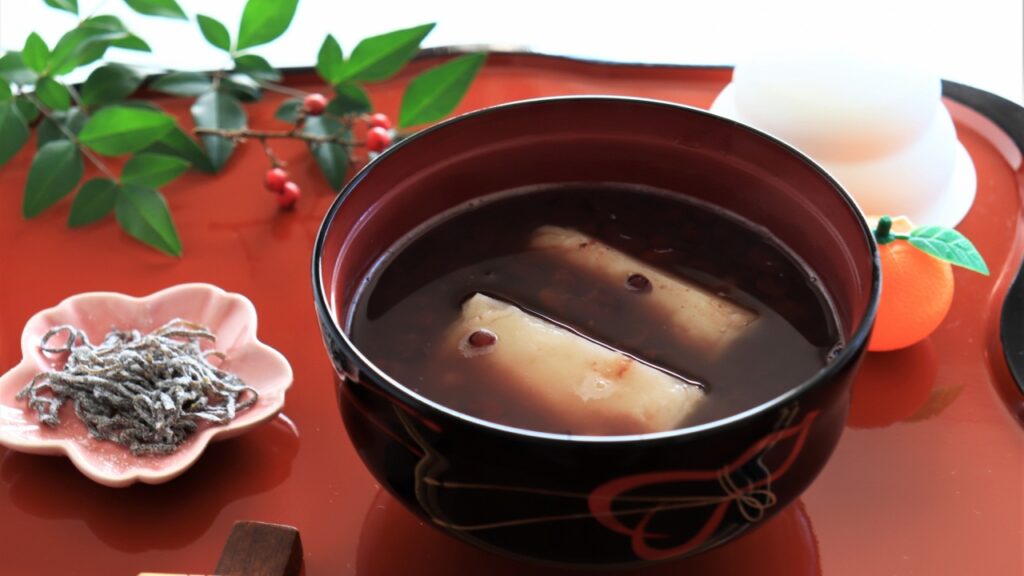
正月に年神に供えた鏡餅を下ろして、雑煮、汁粉などにして食べることをいう。かつては十一日であったが、現在では七日までにするところが多く、地域によっては十五日、二十日などとさまざま。硬くなった餅は包丁が入らず、手や槌(つち)で「割る」ことになる。「切る」「割る」という縁起が悪い言葉を避けて、運気の開ける「開く」に言い換えたのが「鏡開」で、忌詞(いみことば)の一つ。
日本の歳時記
It is the act of taking down the kagami-mochi offered to the New Year’s god during the New Year and eating it as zoni or shiruko. It used to be the 11th, but now many places have it up to the 7th, and depending on the region it may be the 15th or 20th. Hard mochi cannot be penetrated with a knife, so you have to break it with your hands or a mallet.You use the word “Kagami-biraki” for avoiding the unlucky words “cut” and “break” and changing it to “open,” which brings good luck.
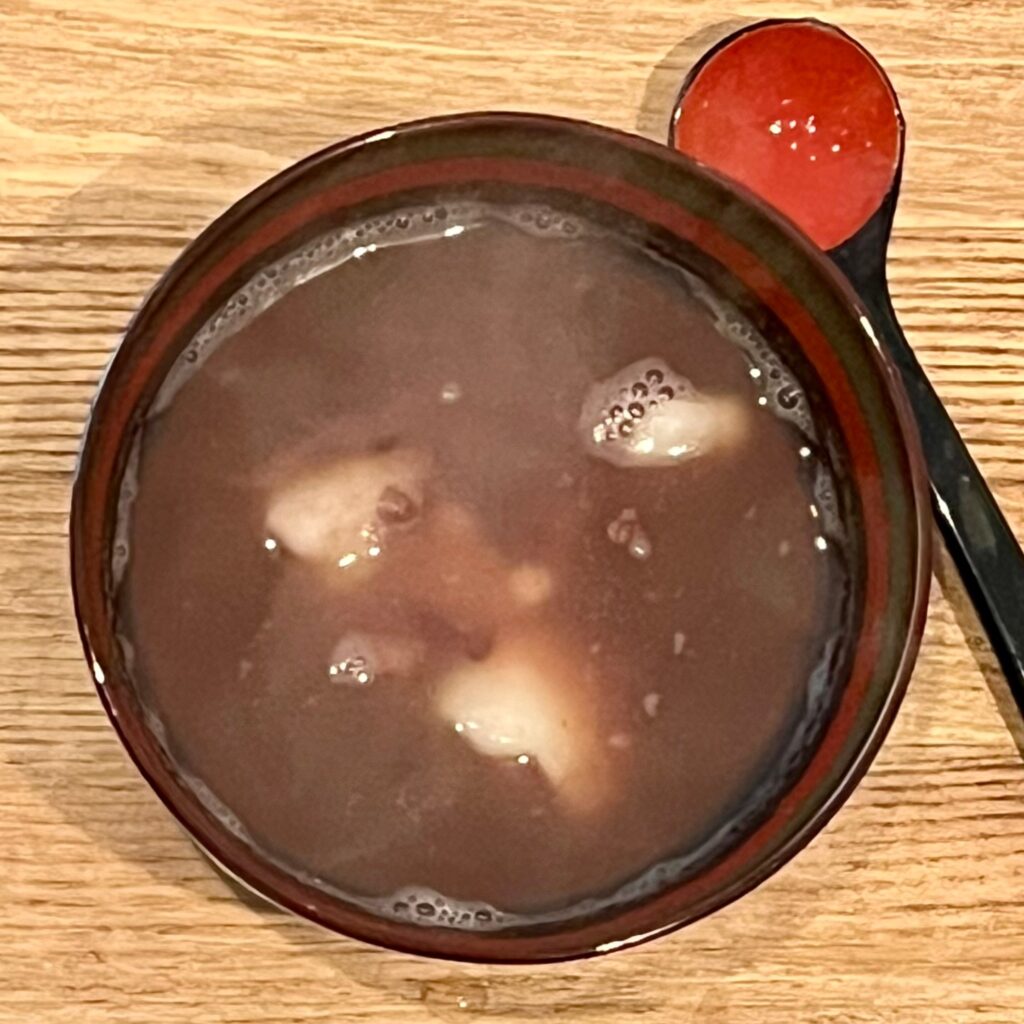
我が家では本日(1月11日)に、善哉(ぜんざい)としていただきました😋
At our house, we held Kagami Biraki today (January 11th) and had it as Zenzai.
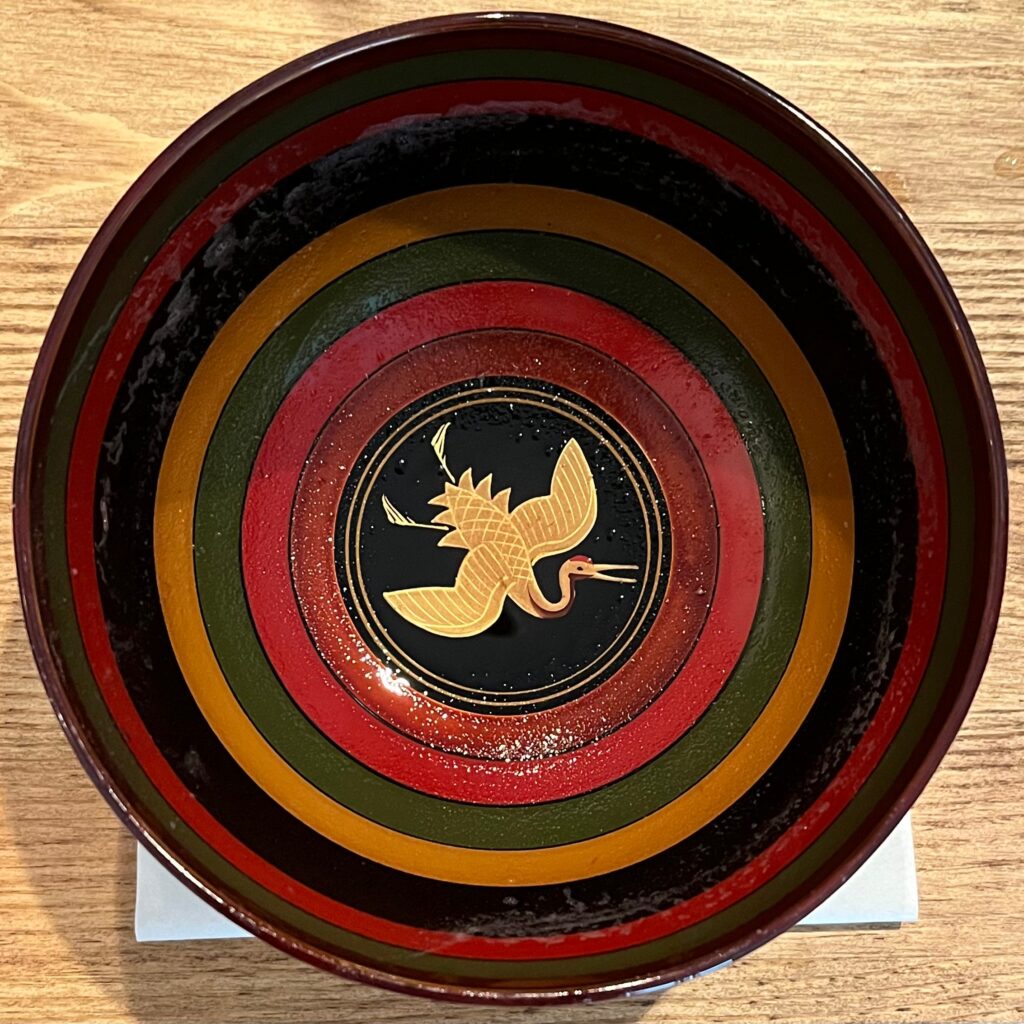
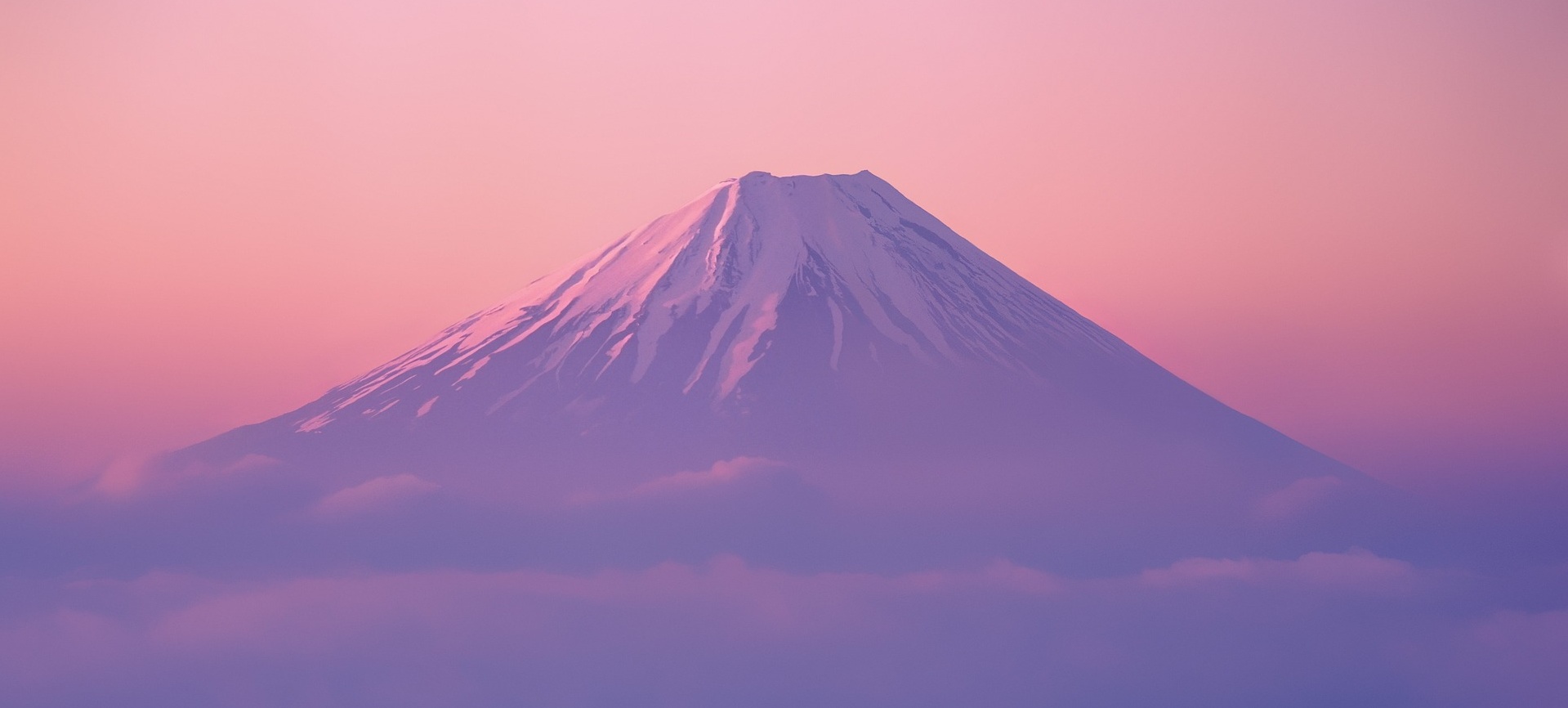
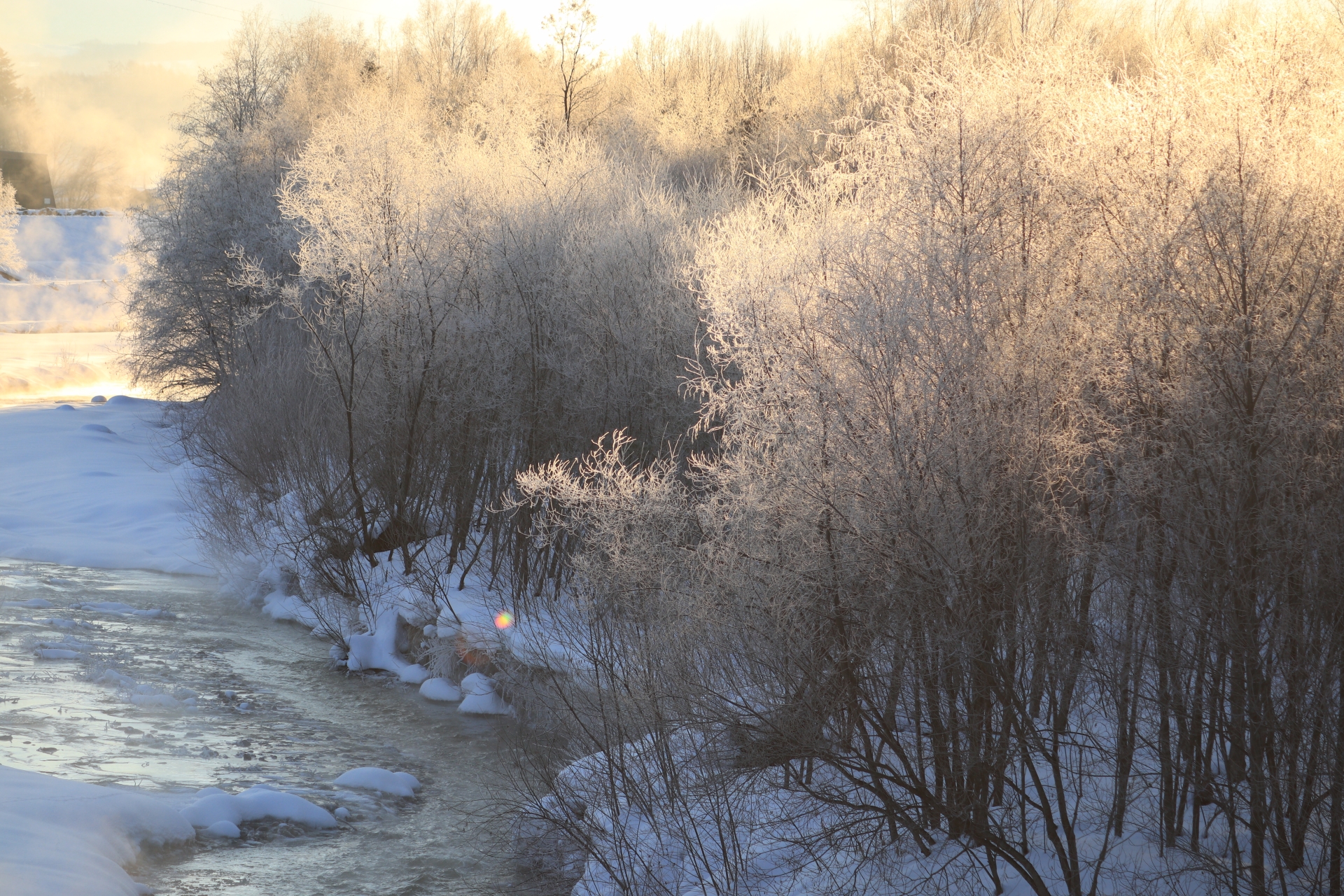

コメント